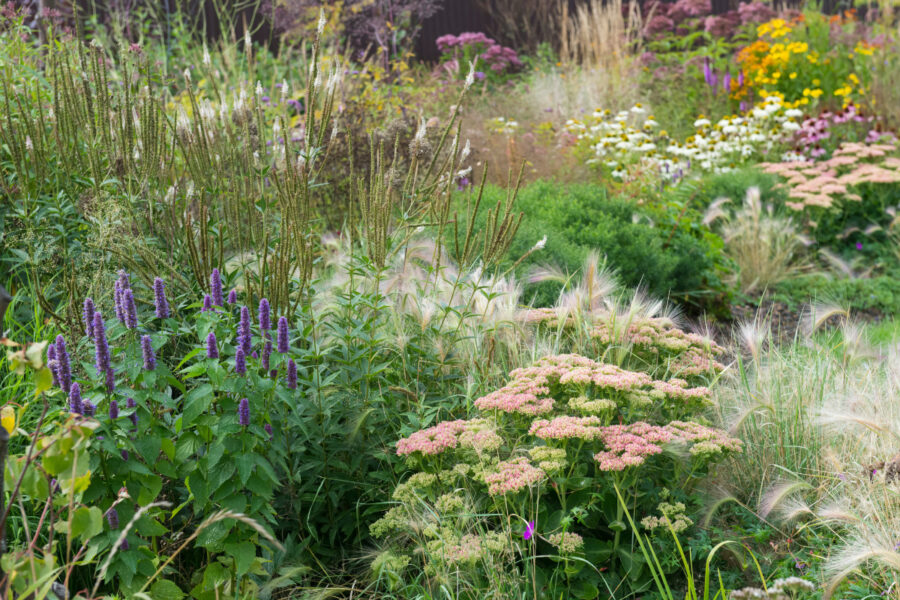Mike Palmer explains how taking photographs of garden challenges can help with problems and planning
‘Picture this, a day in December, picture this, freezing cold weather…’
In 1978, Blondie’s Debbie Harry sang Picture This, while I squawked along, dreadfully out of tune, in my bedroom, much to the annoyance of my parents in the room down below. Nearly 40 years later, still a fan, I find myself pondering her words as I wander around my garden – how things change! It’s not December, yet, but freezing cold weather will be on the horizon before we know it, and now is the picture-perfect time to get out into our gardens, camera in hand, and take stock of our borders. There is still work to be done!

I take a morning walk around my garden every day of the year, without fail, and, like you I’m sure, I capture much of my garden through images taken on my phone, many of which appear in this here magazine. Perfect plants, beautifully unfolding blooms and stunning, sunlit vistas across my green space. However, there are images that would have you dear reader recoiling in horror, were they shared. Incredibly though, it’s these images that are most important to me, and could be to you too, to ensure we all have the very best gardens in 2025. Let me explain…
I capture petulant pittosporums, sulking sarcococcas, annoying gaps in borders, or containers, and those excitable plants that have flopped frustratingly over their neighbours in my borders. Admittedly, some of these ‘disappointments’ are a result of poor planning, or lack of observation on my part, but all ‘problem area’ images are kept in my ‘Garden Problems’ folder with a brief summary of the issue lest I forget what happened. And, it’s not too late to take a last-minute wander now, to capture any ‘challenging’ areas in your garden, noting specifically what the issue is, and more importantly, how it might be remedied looking ahead.
Here are some of the most common ‘problems’ that occur with some possible remedies
Investigate, then fill in gaps
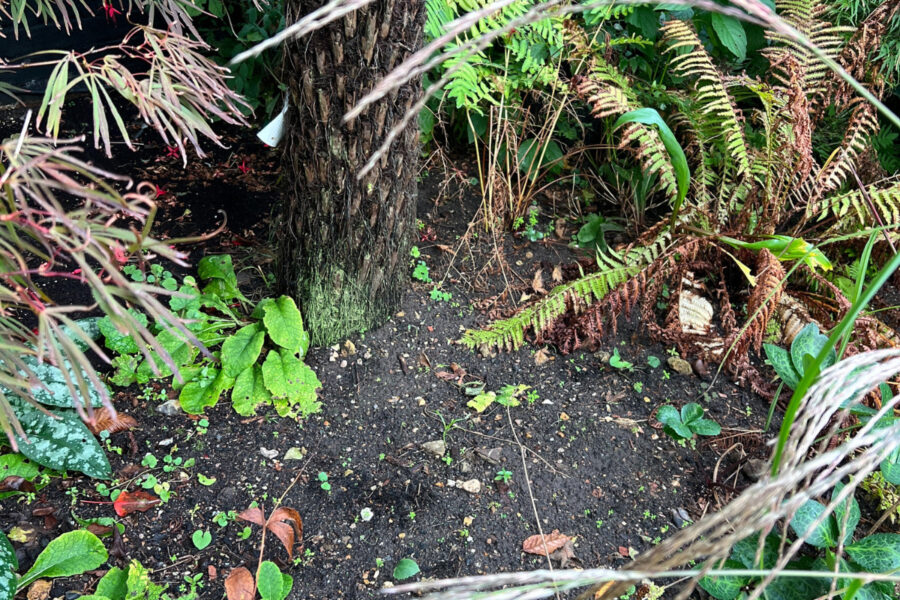
We’re all aware of the oft-repeated mantra, ‘right plant, right place’. Yet, even for me, despite being a professional gardener with too many years’ experience behind me, some plants will sometimes curl up their toes and head to horticultural heaven, despite being planted in the right soil, with the requisite dose of sunlight. This leaves unsightly gaps in the border.
To find out what has occurred, pull out any remaining roots and conduct a quick ‘autopsy’ to see if there are any tell-tale signs behind the plant’s demise. Do make notes but bear in mind that some plants, however, sadly just like us, have a shelf-life – old and weary (I know the feeling), they’ve lived their life and have just reached the end of their garden journey.
During the season, I’ll plug these unsightly gaps with summer bedding, or pop a containerised dahlia in, but now is a good time to go ‘replacement’ plant shopping. And, as long as the soil isn’t frozen or waterlogged, new recruits can be planted immediately, ready to spring into action in the new growing season around the corner.
Poorly plants
Sickly plants stand out in a border or container with yellowing, drooping or puckered leaves; an obvious sign that all is not well. The underside of mottled, puckered or stained foliage should be the first place to investigate. Pests often lurk here, sheltered from prey and rainfall. Taking pictures of the affected areas and any pests can be helpful, and, a careful look around the roots may also unearth pests such as vine weevil grubs, or perhaps there’s concrete, brick or plastic debris below the roots which have inhibited growth. I once found a plastic garden table-top buried in a border that had been responsible for the death of several plants! Share your pictures with online or garden centre or nursery plant specialists, who will often be able to provide answers and solutions. Some, may require treatment, being moved to a better location, or, at worst, consigned to the compost. And, while you’re at the garden centre or nursery, it would be rude not to buy a replacement!
Plants in the wrong place?
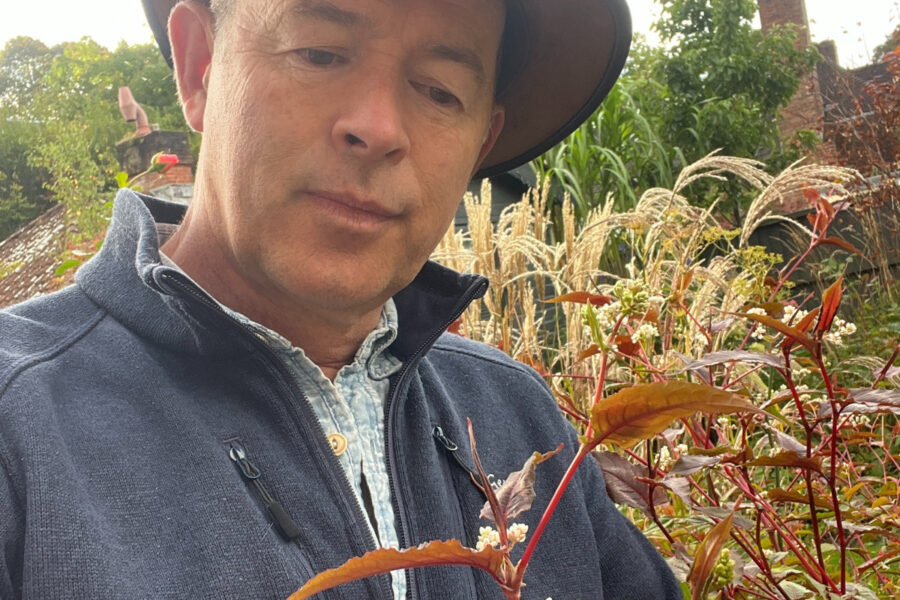
Some plants can get a little ‘excitable’ in our gardens, spreading swiftly through the borders. Checking ultimate height and spread before planting is important, but some judicious pruning, cutting back or digging up may be needed to allow some much-needed breathing space. And, when removing excess plants, don’t forget your gardening friends who might just welcome some free plants, or maybe pot them up and take them to a weekend car boot sale.
Self-seeder control
I love plants that self-seed around my garden, often finding a better home than the one I had originally intended for them! However, some self-seeders may need a little gardener ‘intervention’, he said politely, thinking about those that set up home, all lipstick-red and blousy in the middle of a pastel pink border – how inconsiderate! Carefully uproot any rogue seedlings, transplanting them or gifting them to a friend.
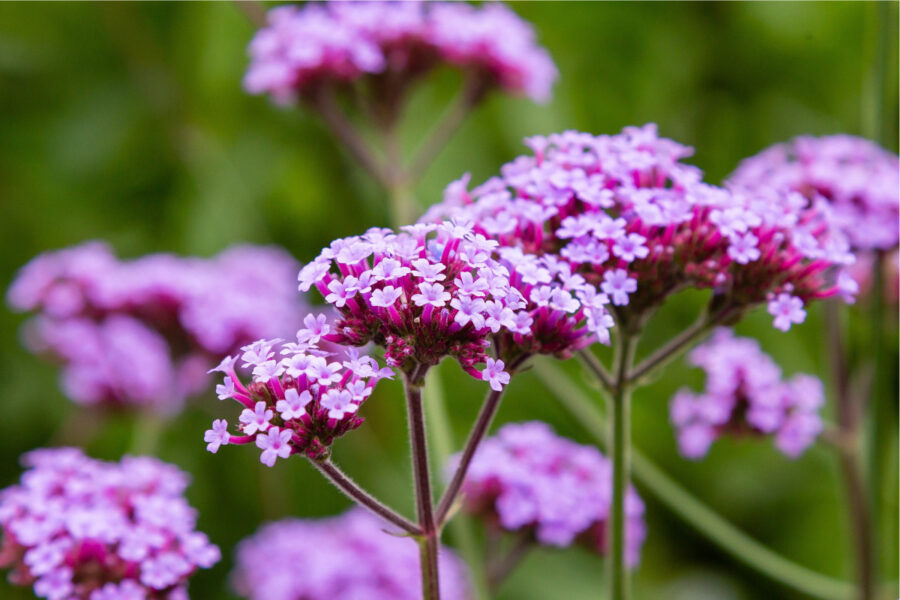
Colour clashes
I’m a little precious about plants that don’t comply with my well-considered colour schemes, and occasionally, something might appear that has my right eye twitching nervously, because it flies in the face of what I had planned. This year, a peony, which I had thought to be red, was transplanted last October into my ‘hot’ border. Reds, yellows and oranges, sizzling away like an early bonfire, and then, lo and behold, in May, up pops a perfectly pastel-pink Paeonia ‘Sarah Bernhardt’.
Oh no, not on my watch! Sarah flaunted herself incongruously for a couple of weeks, her exact position captured on my camera, and will be hauled from her spot in a few weeks’ time to a more appropriate colour-matching position.
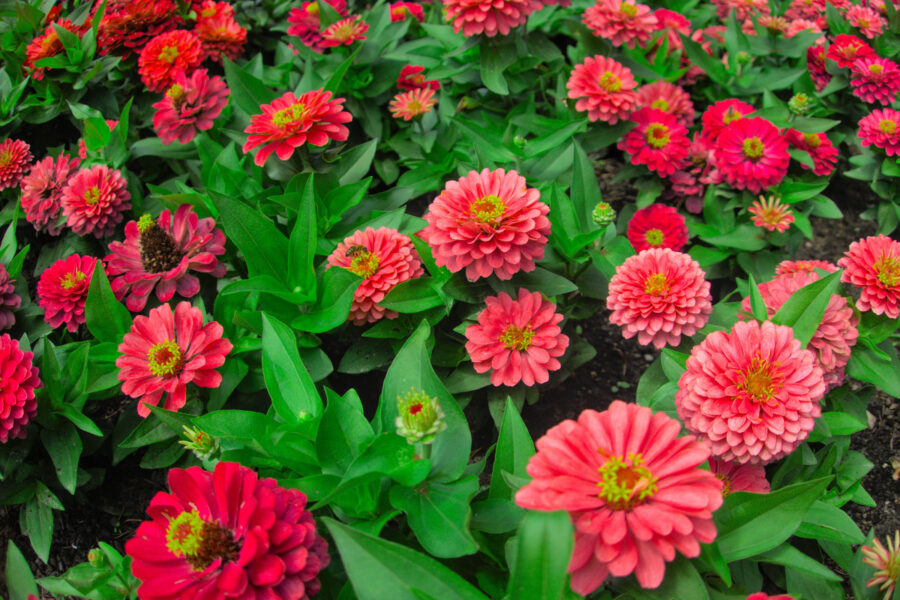
Plants that are no longer needed
Full disclosure: I’ve bought plants on a whim – without due thought and consideration. But then, no sooner has the love affair started, it’s over: sometimes because they don’t fit in, or look right, or maybe because I’ve found something better to plant. Unfortunately, too many times, I’ve had to show unwanted plants the door, gifting them to friends.
All gardeners, no matter their experience, make mistakes, at times – I certainly do! But worry not, taking pictures helps you capture what has gone wrong, or how you feel and when you picture it, you can then more easily perfect it!
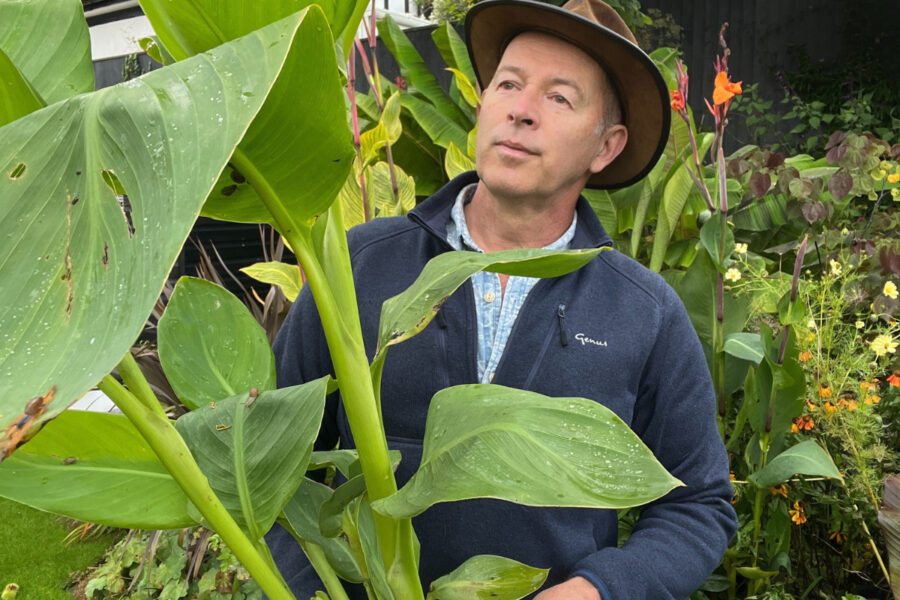
Find more tips, advice and articles like this at the Amateur Gardening website. Subscribe to Amateur Gardening magazine now

